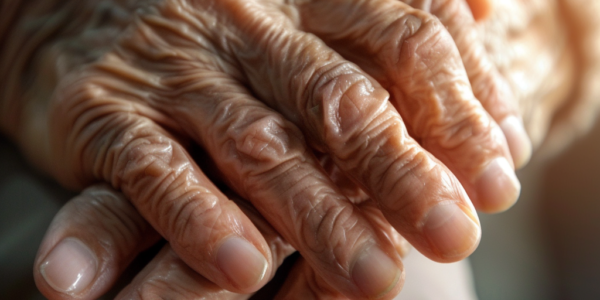Arthritis: Symptoms, Treatments, and Understanding
Arthritis is a common condition that affects many people, causing pain, swelling, and stiffness in the joints and surrounding tissues. By the age of 70, about half of the population will develop some form of arthritis, with osteoarthritis being the most prevalent type, particularly affecting those over 55. Rheumatoid arthritis, an autoimmune and inflammatory disease, also impacts a significant number of individuals in the UK. Dr. Benjamin Ellis, a consultant rheumatologist and senior clinical policy advisor to charity Versus Arthritis, emphasizes the importance of seeking medical advice if joint pain or stiffness interferes with daily life. Early intervention is crucial for effective treatment. Arthritis can manifest as pain, swelling, and stiffness in various joints, with the knees, hands, hips, feet, and lower back being the most commonly affected areas. While there is no cure for arthritis, there are diverse treatment options available. A groundbreaking drug trial for rheumatoid arthritis claims to reduce the risk of developing the disease by 80%. Additionally, some forms of arthritis can be put into remission. Professor John Axford, a consultant in adult and pediatric rheumatology, explains that ‘rheumatism’ is an old-fashioned term describing musculoskeletal pain from the joints or surrounding tissues. Arthritis can affect individuals of all ages, including children and teenagers, although it becomes more common with age. Research indicates that 60% of arthritis sufferers are female. It is essential to recognize the symptoms and seek appropriate medical care to manage the condition effectively.

